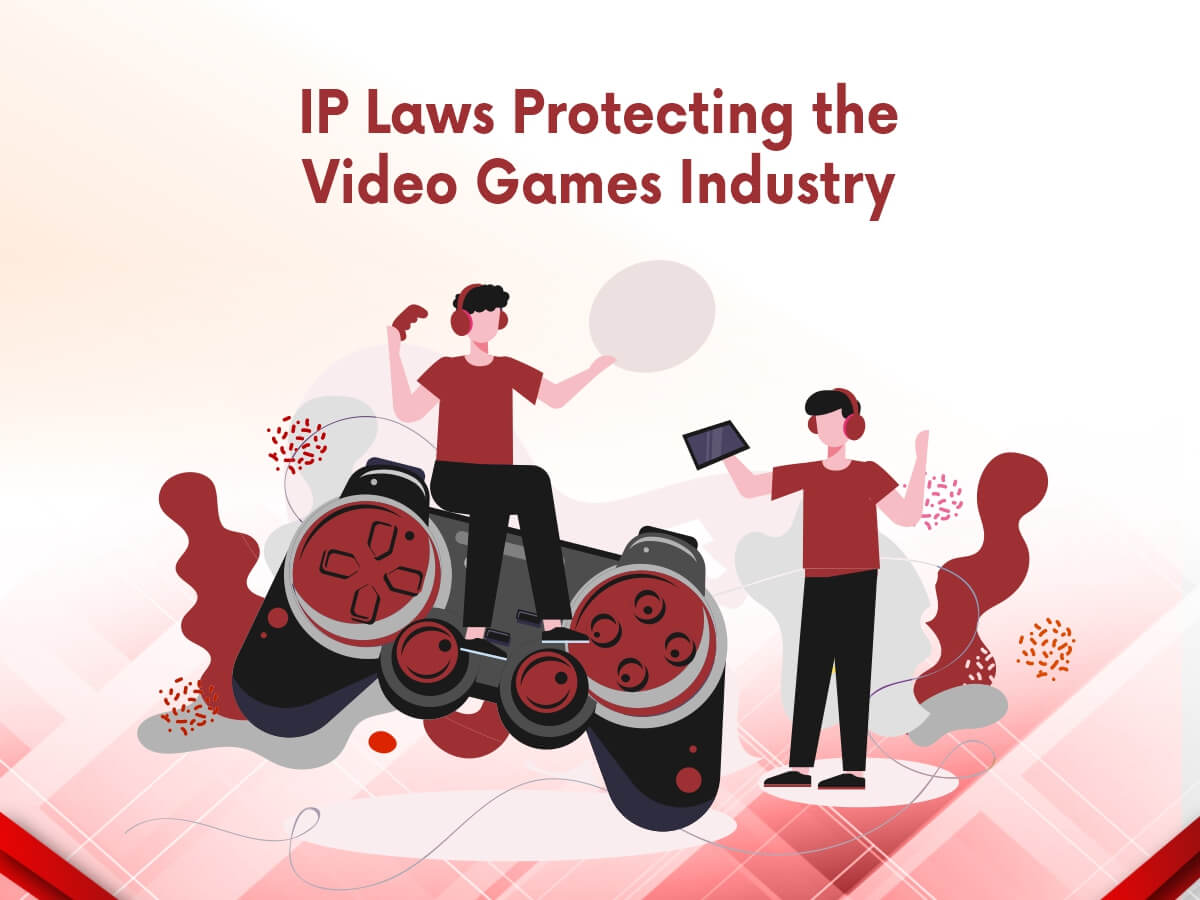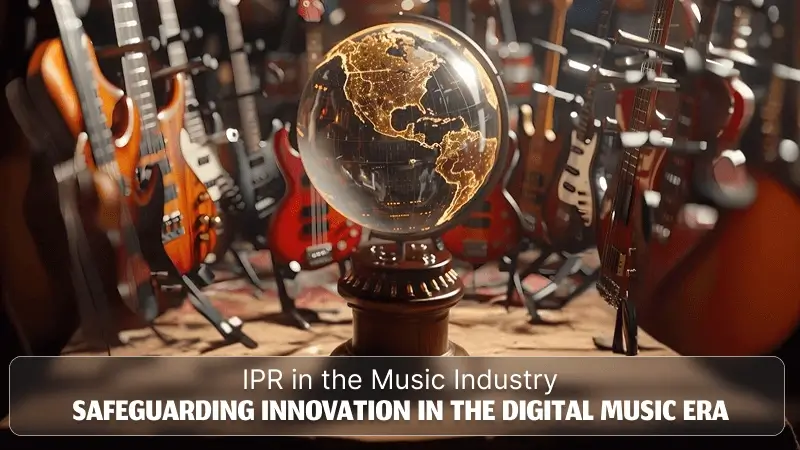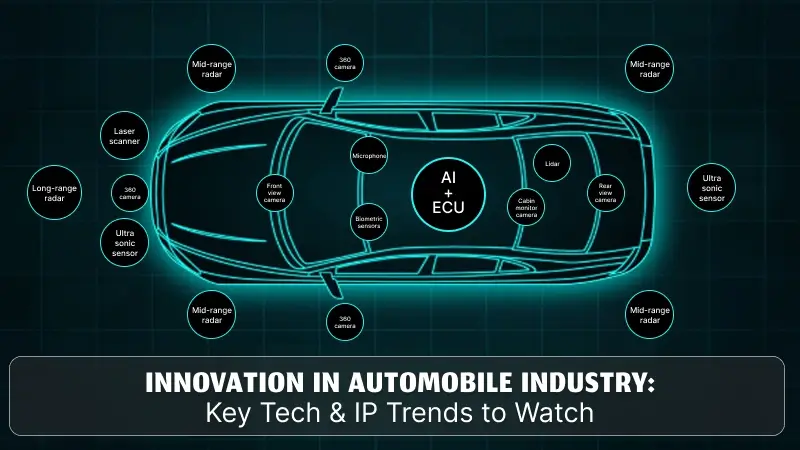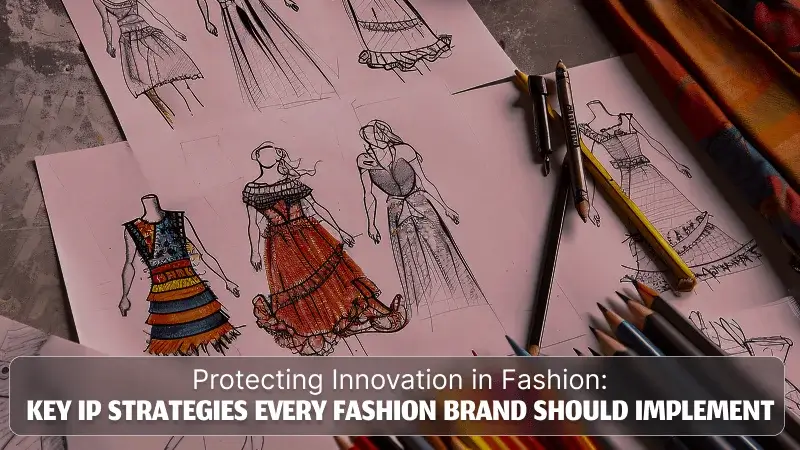
Gaming is one of the world’s most rapidly developing industries. Since the days of Mario, Pac-Man, and Contra video games have changed. Gone are the days when video games were just for children to enjoy; according to a poll, the industry now has more adult gamers than children. Video games are a multibillion-dollar business. In 2018, the worldwide game market was valued at $136.9 billion, with mobile revenue accounting for around 49-50 percent of the entire industry.
The increase in infringement cases is exactly proportionate to the growth of the game business. Piracy emerged shortly after video games became popular. Hackers encrypting game source codes and software make games available for a little fee or for free, which is still less than the game’s original price.
We have explored some historical intellectual property disputes in the video game industry in order to define the complex history of IP laws in this industry and the IP laws protecting video games in this blog.
Phillips vs. Atari, a PacMan clone that reached the stores in 1981, before Atari’s home console version of PacMan was available for the Atari 2600, was one of the first-ever Intellectual Property disputes in USA. Atari originally failed to persuade a US federal prosecutor to put a stop to the sale of Munchkin but succeeded on appeal. The court determined that Philips had infringed Pac-Man and made changes that “only serve to highlight the extent to which it intentionally plagiarized the Plaintiff’s invention” in 1982. The decision was one of the first to clarify how copyright law applied to the appearance and feel of computer software.
Copyright laws– Literary and creative works are protected by copyright. Visual art, Music and technology-based works such as electronic databases and computer programs and are all included.
The Berne Convention for the Protection of Literary and Artistic Works (The Berne Convention of 1886) is the international treaty which provides the scope for copyright protection of video games in Article 2 of the Convention.
The underlying source code, and the game’s artistic elements, including art, music, and dialog, can be protected by United States copyright law.
Copyright law in the United Kingdom is set by the Copyright, Designs and Patents Act 1988, however it makes no mention of video games among the works eligible for copyright protection. Video games, on the other hand, are deemed copyright protected in their entirety.
In the case of Tetris Holding v. Xio Interactive, the defendant produced a game called Mino that looked almost identical to Tetris, with Tetris claiming that the defendant’s game contained 14 copyrighted features. The defendant admits to downloading Tetris and performing a considerable study to determine which sections of the game may be lawfully duplicated as well as the game’s regulations. Tetris later provided evidence indicating the defendant took an in-game screenshot.
Following the use of relevant merger and scenes-a-faire tests, which assisted in determining whether an idea and expression are inseparable. Because each game has its own set of rules, duplicating the rules of the game is a violation of copyright laws in USA. “The court stated, “There is enough similarity between both games that it is close to direct copying by the defendant.” Because the duplication was so apparent, the tests were easy to deconstruct. The above-mentioned case demonstrates how computer programs are protected under copyright law, as well as how the copying of concepts does not constitute an infringement if fresh alterations are made and the correct distinction is evident.
Patent laws– Many developers believe that games are nothing more than computer software that cannot be copyrighted. The author can patent the techniques and procedures used in a game, as well as a game disc that contains game software.
There are two sorts of patents: utility patents and design patents. Science and technology, software advances in digital games, and technological procedures that enable real-time multiplayer games are all covered under utility patents. The appearance of a game, geographical locations, symbols, and so on are all covered by a design patent. Many videogames with novel concepts have been granted patents, such as US Patent No. 6,200,138.
Trademarks laws– A trademark is a sign, term, or title that distinguishes a product from others on the market. It contains information such as a game’s name (example, “Super Mario”), a company’s name (example “Nintendo”), logos, and so on. Trademark aids in brand marketing by increasing customer recognition and popularity.
End-user license agreement– The EULA(End-user license agreement) is an agreement between the licensor and the buyer that gives the buyer permission to use the software. The licensor can restrict its responsibility by including specific clauses for software protection and an indemnification clause against the licensee or purchaser if any of the terms agreed by the purchaser are breached.
Case: Davidson & Associates Inc. v. Internet Gateway
The plaintiffs’ Blizzard Games, a joint venture between Davidson and Vivendi Games, had developed an online system that allowed end-users to access and play games 24 hours a day, seven days a week. Blizzard had signed a EULA with Internet Gateway, one of the requirements of which was to restrict reverse engineering. Internet Gateway ignored this phrase and reverse-engineered the Blizzard system, allowing it to develop its own online games system that would function alongside Blizzard. Even though reverse engineering was an obvious violation of the EULA, the defendants properly contended that it constituted a fair use exception under US copyright law. Nonetheless, the Court concluded that the EULA and other conditions of use contracts nullify intellectual property law since the parties were allowed to opt to waive intellectual property law exemptions as individual parties entering into an agreement.
The example of Mario is ideally suited to provide some insight into this area of protection. Mario, a plumber whose life focuses on saving a princess after crossing numerous levels, is one of the most renowned video game characters of all time. Nintendo owns the copyright to Mario (both the game and the character), and the rights to Mario (both the game and the character) are valid until 2080. This not only means Nintendo has exclusive merchandising rights to Mario, but it also means that any toy, accessory, garment, or apparel with Mario on it, as well as many other products with Mario on it, may only be sold after licensing such usage of the character.
Now that we’ve used Mario as an example, let’s look at another component of the game. How a player interacts with a game is referred to as gaming. It is the method in which the game advances based on the game’s rules and the player’s participation. This covers the game’s storyline, narrative, obstacles, and levels. This means that the game’s objectivity and narrative cannot be duplicated by another game, protecting not only the game’s relevance but also giving the game’s authors the creative freedom to develop future games based on the tale of the prior game.
In the Mario video game, there is unique background music that is different for each level, along with the Mario main theme, which was composed by Mr. Koji Kando. These musical compositions, as well as tones associated with certain features and activities of the game, such as the sound of collecting money and jumping, are protected by copyright. Any unlicensed use of the music will result in royalties being paid to Nintendo, who will then distribute them to the sound artists.
A game’s developer can get a copyright on the game’s artwork and graphic design, but only to the degree that no one can replicate it exactly as it is. However, if the game is part of a genre that needs a few components to be included in every game in that genre, such elements would only have copyright over their exact depiction and not the entire element. This occurs as a result of the notion of scenes a faire. That is, a few key parts required for the execution of a notion or idea are not copyrightable by the inventors. Weapons and various types of artillery, for example, might be included in a war-themed game. If such components are protected by copyright, no other war game will ever be created.
A user license is a contract that informs the user of the game’s conditions of use as well as any rights connected with the product. It specifies the user’s limits when playing the game. Game Publishers also provide some gaming services that function as an internet platform for accessing multiple games. Steam by Valve and Origin by Electronic Arts are two of the most prominent gaming service providers.

IPR in the Music Industry: Safeguarding Innovation in the Digital Music Era

Innovation in Automobile Industry: Key Tech & IP Trends to Watch

Protecting Innovation in Fashion: Key IP Strategies Every Fashion Brand Should Implement

From Lab to Table: How Cultivated Meat is Revolutionizing the Industry?
© Copyright 2024 – Wissen Research All Rights Reserved.